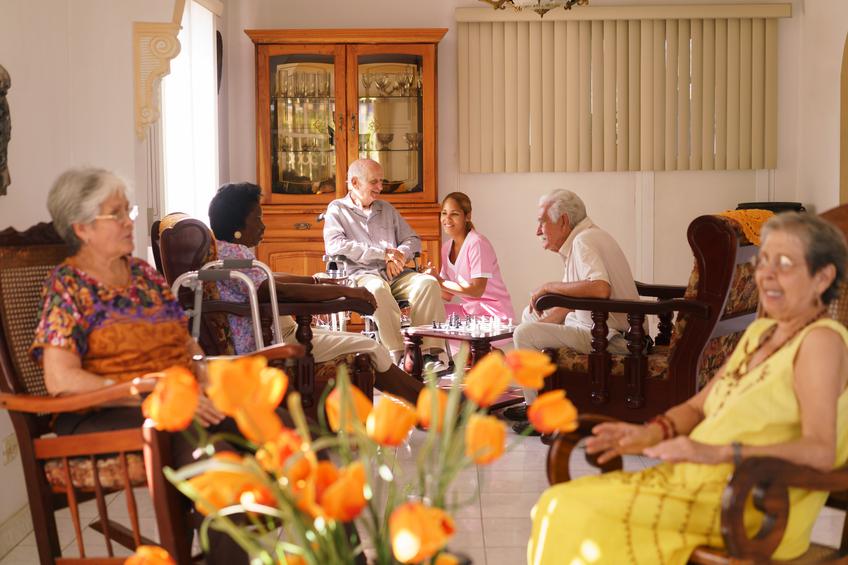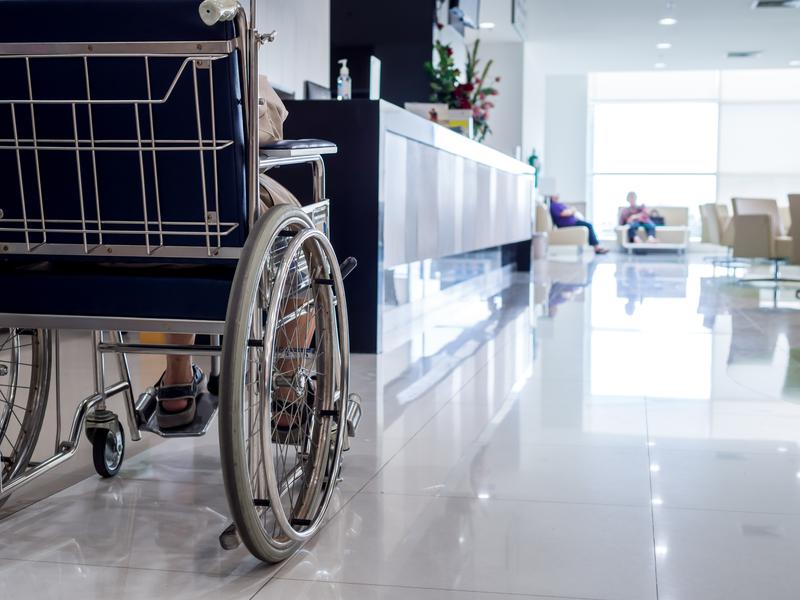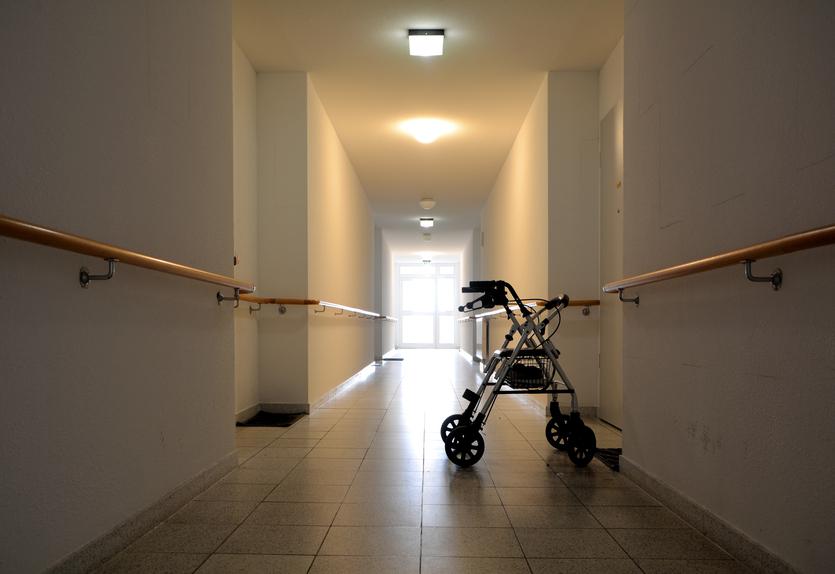5 Reasons Why Dedicated Facilities May Not Be The Future Of Aged Care
By Robert Goodliffe, Partner at ClarkeHopkinsClarke architects.
‘Aged care’ as we know it today is set to undergo a quiet revolution. Many trends have been brought into focus in the Productivity Commission’s recent report entitled, ‘Housing Decisions of Older Australians’. The report suggests that even the most innovative models currently available may be just the tip of the iceberg.
Here’s five reasons why aged care is already taking on a new meaning and why care services targeted at older Australians may not be associated with discrete facilities in the future, but rather, seamlessly integrated within Australian neighbourhoods.
1. Positive perceptions of ageing
The late British historian, Peter Laslett who is regarded as an advocate for positive ageing, developed a concept of modern, western world lifespans that encompass four ages:
First Age: an era for dependence, socialisation, immaturity, and learning
Second Age: an era for independence, maturity, responsibility, and working
Third Age: an era for personal achievement and fulfilment after retirement, and
Fourth Age: an era for the final dependence, decrepitude, and death

2. The third age is getting longer
Life expectancy is trending in a steady upward direction and the gap between male and female life expectancy is narrowing. This is leading to greater prevalence of couple households among those aged 65+. At the same time, the average age at which traditional aged care services are accessed is steadily increasing and currently sits at around 83 years of age.
Overall, fewer older people are moving into aged care (as a percentage of population) and the average length of stay in aged care is 2-3 years. These trends indicate that aged care, as we know it is transforming into an end-of-life or a ‘fourth age’ care service.
3. Current funding models are restrictive for consumers and expensive for the government
Currently, government funding for aged care is predominantly linked to beds and therefore to facilities. This enforces the creation of distinct and usually homogenous precincts and places that are specifically for the elderly. Aged care accommodation funding legislation actively forbids the creation of facilities with mixed age/acuity cohorts. This is problematic because many consumers in the third age of life will actively avoid products and services that directly or indirectly categorise them as “aged” or “retired”.
Lifestyle options that provide physical separation from mainstream society and/or homogenous solutions are therefore increasingly unpopular. Under the current paradigm, couples experiencing varied levels of deteriorating health also face the heartbreaking reality of having to live separately.
Aged care industry commentators believe that in the future, government funding will likely swap to a consumer directed care model. This means that funding will follow the consumer, not the facility. This opens the industry up to a variety of new, more societally integrated models of care that are able to accommodate a variety of patient acuity levels.

4. Ageing in place is a win/win for consumers and the Australian government
The Productivity Commission report provided strong data suggesting that the majority of older Australians would prefer to age in place. The rapid rise in home care packages and non-government funded home care service providers reflects this. The home care packages are based on a consumer directed care funding model as discussed previously. Such is the demand for home care services; many existing aged care providers are now diversifying into this area. Not only are home care packages cheaper for the government than funding aged care beds, they enable consumers to realise their preference to age in place.
However, the lack of affordable downsizing options located in established neighbourhoods is also an issue. New aged care homes and retirement villages tend to be built in fringe suburbs where land is relatively affordable, causing consumers to have to move far away from their social networks and families in order to access them.
At ClarkeHopkinsClarke, our diverse experience across a range of sectors highlights the possibility for home care providers and apartment developers to form partnerships to develop infill housing incorporating universal design principles. This could be incentivised via government subsidies. Such an approach has the potential to create benefits for governments, consumers, developers and home care service providers alike. It would allow residents to access affordable downsizing options in neighbourhoods that are familiar while also receiving home care services based out of smaller; more distributed administrative and/or operational provider hubs.

5. Enabling technology
The information and communications technology revolution that sees 81% of Australian mobile phone users owning a smart phone in 2016 has had little impact on the ‘aged care’ industry until now. Respected futurist Ron Galloway describes how technologies such as smart gadgets, smart homes, on-body sensors, e-health and robotics are converging to enable living environments with “ambient intelligence”. Such technologies will support people to live at home for even longer.
There are examples of such technologies already being marketed and trialled in Australia. Giraff is a telepresence robot that allows family and carers to virtually enter a home from their computer via the Internet and conduct a natural, secure visit just as if they were physically there. They are able to move freely about the home simply by moving the mouse, and to interact with the residents via videoconferencing. When a device like this is combined with sensors throughout the home a comprehensive assisted living environment can be created.
The company’s website shows the robot working effectively within a small apartment in central Rome. Paro is a companion robot that was trialled in nursing homes throughout Queensland during 2015. Aimed at dementia patients, Paro looks like a baby seal. Its body is covered in tactile sensors and it is able to recognise basic commands and responds to sound and touch. Paro was shown to have a moderate to large positive influence on participants’ quality of life during the trial.

Robert Goodliffe has been a registered architect for over 30 years and is acquainted with all facets of the architectural process. He has considerable experience working on Education, Multi-Residential, and Health & Aged Care projects.














